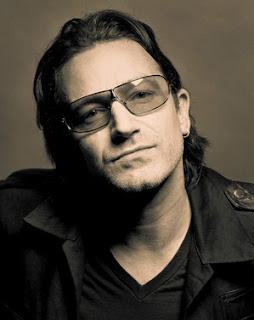A recent post about Catholic writers prompted a reader to ask:
What exactly is a Catholic writer? I prefer “Christian writer” who happens to be Catholic -and who is espoused to catholic dogma. No?
It’s a good question — and I found one answer in this week’s Tablet, the paper of my home diocese, Brooklyn, from Fr. Robert Lauder:
There is so much I like in Peter Quinn’s new book “Looking for Jimmy: A Search for Irish America” (The Overlook Press) that it is difficult to pick favorite sections but certainly one of my favorites is the chapter titled, “The Catholic Imagination.” In that chapter, Quinn deals with questions and topics that have interested me for almost 50 years. Quinn brings insight and a wisdom to the questions and the topics that I envy.
Early in the chapter, Peter notes that he has heard statements about what makes a Catholic artist that seem almost ludicrous to him. I have had the same type of experience. One example that he offers is a seminar he attended on “Religion in the Movies” in which Alfred Hitchcock’s “The Wrong Man” was described as the most “Catholic film” that Hitchcock made.
Another example he offers is the frequent description of Martin Scorsese as a Catholic filmmaker. Peter confesses that the only thing Catholic he could see in “The Wrong Man” was Henry Fonda fingering his beads during his trial and staring at a picture of the Sacred Heart when he was about to be proven innocent.
Quinn also wonders if the rich texture of Scorsese’s films, the color, movement and ritual might just as easily be attributed to Scorsese’s love of opera as to his Catholicism. Though I probably could make a strong argument about some of Hitchcock’s and Scorsese’s films being Catholic, I understand and sympathize with Peter’s complaint. If we are going to describe someone as a Catholic artist, we should say what we mean by that term. That is precisely what Peter does in his chapter “The Catholic Imagination.”
Noting that he cannot imagine a Catholic artist who rejects Christ’s divinity and the basic tenets of the creed, Peter tries to be more specific about what he thinks is essential if someone is to be described as a Catholic artist, what is essential to a Catholic imagination. He writes:
“Here, in the first decade of the 21st Century, in a post-Holocaust, post-Cold War world, post-Vatican II Church and post-modern society – we seem to be in a post-everything era – let me suggest sin, holiness and mercy as three elements common to ‘the Catholic imagination.’ (Nota bene: I said ‘common to,’ not ‘that define.’ I’ll leave that job to far more learned minds.) The first two elements – sin and holiness – probably seem obvious. The third – mercy – might seem less so but, for me, divine mercy, which runs so counter to the prevailing spirit of religious and secular fundamentalism, resonates at the very center of the Catholic imagination.”
I confess that I was one of those for whom sin and holiness would be obviously essential to a Catholic imagination but I wonder if I would have thought of mercy without Peter pointing it out to me. Claiming that the human experience as Catholicism sees it, is not split into neat distinct exclusive halves, the unsinful and the sinful, Peter reminds us that Catholic novelist Graham Greene prefaced his novel “The Heart of the Matter” with a quote from poet Charles Peguy that insists the sinner is more a Christian than anybody with the exception of the saint. Peguy’s point and Greene’s also is that Christianity exists for the sinner and the sinner understands Christianity because the sinner knows the need for redemption and salvation.
There are more fascinating thoughts on sin and the “Catholic imagination” at the link.

